When picking park skis, two factors matter most: ski length and mounting point. Here's what you need to know:
- Shorter skis: Easier for tricks and rotations, but less stable at high speeds.
- Longer skis: Better stability for jumps and speed, harder for quick turns.
- Mounting point: Center mounts are great for tricks and switch riding, while rear mounts offer more stability for jumps and landings.
For beginners, shorter skis and center mounts are ideal for control and learning. Advanced riders may prefer longer skis and customized mounts for specific park features.
Quick Overview:
- Skill level: Beginners = shorter skis; Advanced = longer skis.
- Terrain: Rails = shorter skis; Jumps = longer skis.
- Binding position: Center for tricks; Back for stability.
Choosing the right setup helps you ride safely and confidently in the park. Let’s dive into the details.
How To Choose Your Mounting Point | Faction Skis 21|22
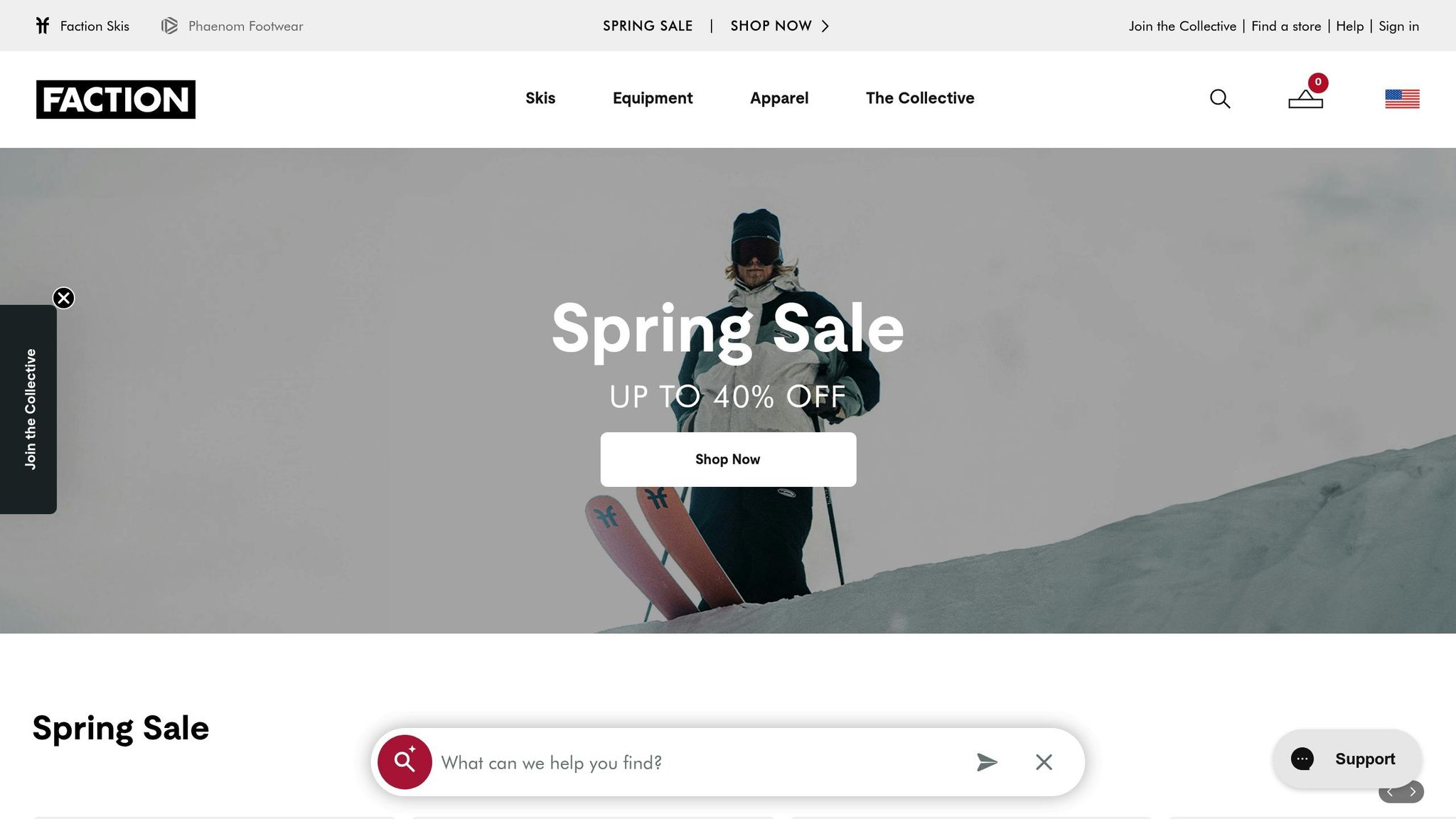
Park Ski Basics
Park skis are specifically designed to excel in terrain parks, giving riders the tools they need to perform tricks and maneuvers with precision and control.
Twin-Tips and Rocker Design
One of the standout features of park skis is their twin-tip construction, which allows skiers to ride confidently both forward and backward (known as skiing "switch"). Combined with a rocker profile, these skis offer smoother turns and pivots compared to traditional designs. This combination provides a forgiving and adaptable platform, making them perfect for park-focused riding.
Flex and Stability Features
The flex of a ski significantly impacts its performance in the park. Here's a quick breakdown:
| Flex Type | Best For | Characteristics |
|---|---|---|
| Soft | Rails, Boxes, Small Features | Easier to control, great for presses, absorbs impacts effectively |
| Moderate | All-around Park Riding | Balanced feel with good stability, pop, and impact absorption |
| Stiff | Large Jumps, High-Speed Features | Maximum stability and pop, but requires more precision and control |
Park skis are typically lightweight, with center-mounted bindings to reduce swing weight and improve control during aerial tricks. To handle the wear and tear from rails and boxes, these skis are built with reinforced edges and durable bases.
These key features lay the groundwork for selecting the right ski length to match your park riding style.
Selecting Park Ski Length
Picking the right park ski length plays a big role in how well you can control your skis and perform on the slopes. Let’s break down how factors like your skill level, the terrain, and the ski’s shape can help you find the perfect fit.
Length Based on Skill Level
When it comes to park skiing, the general guideline is to choose skis that reach about chin height. If you’re a beginner, shorter skis at chin height are a great choice - they’re easier to control and more forgiving. Intermediate skiers often stick with this length for a good balance of control and responsiveness. Advanced riders, on the other hand, might lean toward slightly longer skis, which offer better stability when skiing at higher speeds.
Length for Specific Terrain
The type of park features you plan to ride also affects ski length. If you’re into jibbing, shorter skis are your friend - they’re more agile and easier to maneuver on rails and boxes. For jump lines, though, longer skis are the way to go. They provide extra stability for takeoffs and landings, helping you feel more confident in the air. If you’re tackling a mix of features, sticking to a ski length around chin height offers the versatility you need.
How Ski Shape Comes Into Play
The shape of your skis, including their rocker and camber profiles, also influences how they perform and what length works best. These design elements change the ski’s effective edge - the part that actually makes contact with the snow. Depending on your riding style, body weight, and the terrain you prefer, you may need to adjust your ski length to get the most out of your setup.
sbb-itb-17ade95
Setting Mount Position
Just like ski length determines control and agility, where you mount your bindings plays a huge role in how well you perform in the park. Your binding position directly impacts how your skis handle different tricks and features.
Front Mount for Park Tricks
Positioning your bindings closer to the front gives you more control on rails and boxes. By reducing the ski length in front of your bindings, it becomes easier to initiate turns and pull off technical rail tricks. But keep in mind, this setup might sacrifice some stability when you're flying down the slopes at higher speeds.
Back Mount for Jump Control
Mounting your bindings further back shifts your weight toward the tail, giving you better stability during landings and more control when you're going fast. This setup also helps your skis float better in softer snow. Whether you're hitting big jumps or cruising at speed, a rearward mount can offer the balance and reliability you need.
Personal Mount Preferences
Ultimately, your ideal mounting position depends on how and where you like to ride. Think about the park features you enjoy most and experiment with different setups to find what works best for you. Here's a quick breakdown:
| Mounting Position | Best For | Performance Impact |
|---|---|---|
| True Center | Park-focused riding | Balanced feel; great for switch riding and rails |
| Slightly Forward | Precision for rails | Quick, responsive turns |
| Slightly Back | Big jumps and speed | Stability and solid landings |
Experienced park skier Tromano puts it perfectly:
"Skis mounted forward tend to be more responsive to small inputs. Moving your bindings back 1.5 cm may change the feel from hooky to predictable."
Many modern bindings come with adjustable rail systems, making it easy to tweak your setup. Play around with different positions until you find the one that matches your riding style. It's all about trial and error to discover what feels just right for you.
Snowfeet Park Performance
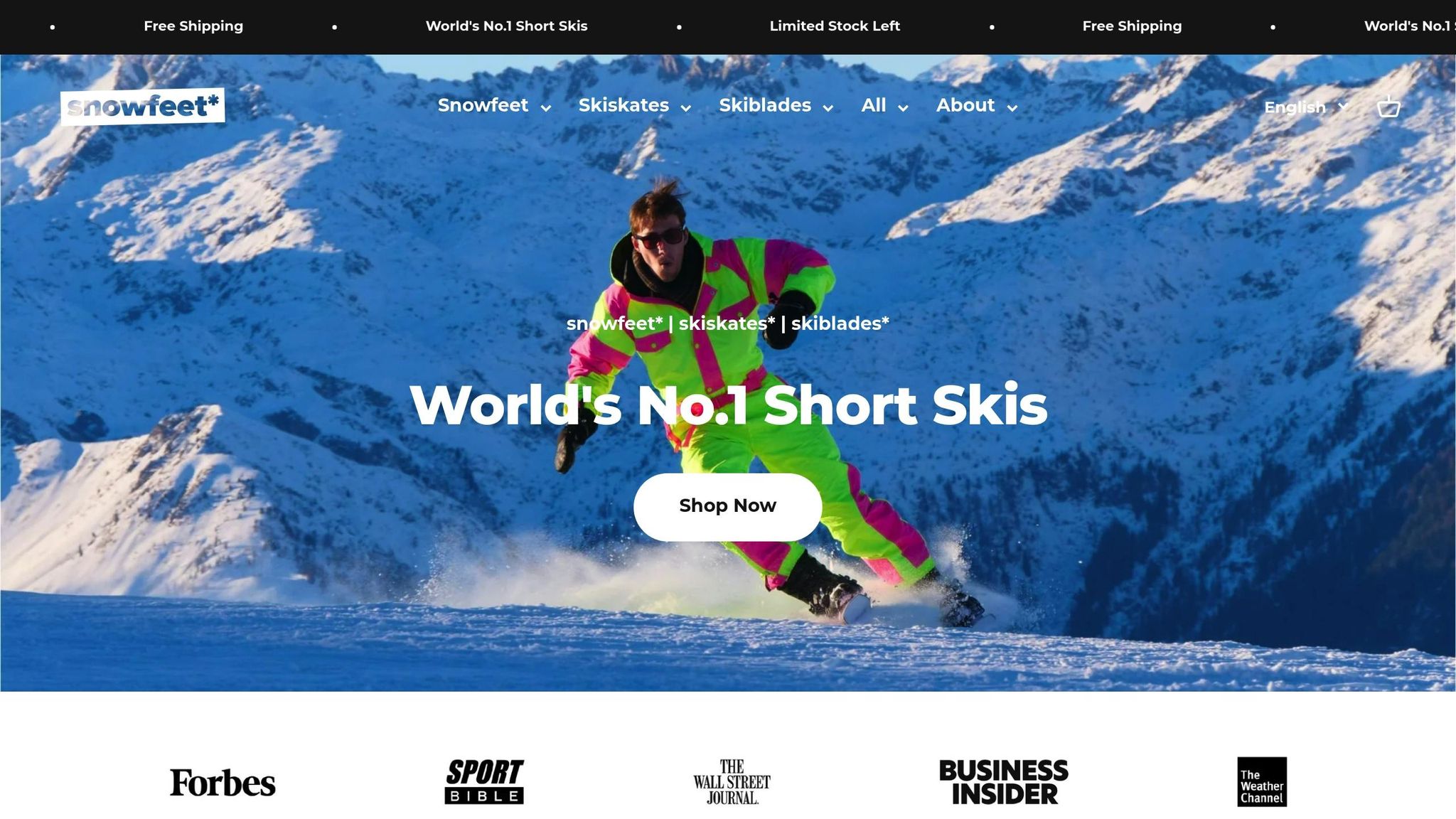
Snowfeet skiblades are a standout choice for park enthusiasts, thanks to their compact build and cleverly designed mounting system.
Snowfeet Size Guide
Choosing the right blade length is key to mastering park riding. Snowfeet provides three sizes tailored to different riding preferences:
| Length | Best For | Performance Characteristics |
|---|---|---|
| 65 cm | Technical tricks, rails | Prioritizes quick responsiveness and precise control |
| 99 cm | All-around park riding | Strikes a balance between stability and agility |
| 120 cm | Big jumps, speed runs | Offers extra stability for smoother landings |
The 65 cm blades are perfect for riders looking to dominate tight spaces and technical rail features. If you prefer a mix of park elements, the 99 cm size offers versatility and balance. For those tackling larger jumps or needing more speed, the 120 cm option delivers added stability without compromising maneuverability.
Snowfeet Mounting Options
Snowfeet's adjustable, center-mounted bindings ensure even weight distribution, which enhances both comfort and safety. This setup is particularly useful for switch riding and executing spin tricks with precision.
"In general, short skis provide more fun and freedom of movement, they are playful, responsive, lightweight on your feet, easier to stop, and for many skiers easier to ride as opposed to cumbersome long skis. But you have to keep a front-back balance especially during deep carving. It's just that simple."
This thoughtful mounting design is one of the key features that sets Snowfeet apart from traditional park skis.
Snowfeet vs. Regular Skis
When compared to conventional park skis from brands like Rossignol or Atomic, Snowfeet skiblades stand out with their shorter length, allowing for faster edge transitions while maintaining stability. Their nimble design ensures precise control, making them a great choice for riders focused on park features.
Summary
Choosing the right ski length and mounting position is key to improving both your performance and safety in the park. Shorter skis make it easier to pull off tricks, while longer skis provide more stability for bigger jumps.
Snowfeet offers options tailored to different riding styles: 65 cm skis for rails, 99 cm skis for versatile riding, and 120 cm skis for tackling larger jumps. It's also crucial to mount your skis in a way that complements your riding style, especially if you’re focusing on switch riding or controlling spins across various park features.
Beyond gear selection, staying safe is essential for consistent progress. Terrain parks cater to all skill levels, but it’s important to:
- Choose features that align with your current abilities
- Gradually work up to more advanced elements
- Pay attention to park signage and safety guidelines
- Adjust to changing park conditions
The right combination of ski length, mounting setup, and safety habits can help you confidently progress from beginner features to more advanced terrain.
FAQs
What is the best park ski length for someone moving from beginner to intermediate, and how do I choose?
Choosing the right park ski length is a key step as you move from beginner to intermediate levels. It directly impacts your control and overall performance. A common guideline is that park skis should stand somewhere between your chin and forehead when upright. However, your skiing style and personal preferences also matter.
Shorter skis, which reach closer to your chin, are easier to handle and work well for beginners learning the basics. On the other hand, longer skis, nearing forehead height, provide more stability and are better suited for advanced tricks and bigger jumps.
If you're considering shorter options like Snowfeet Skiblades, they come in lengths like 65 cm, 99 cm, and 120 cm. For beginners, the shorter lengths (65 cm or 99 cm) can help you gain confidence and practice simple tricks. As you improve, you might opt for the 120 cm length, which offers better control and smoother landings for more advanced park maneuvers. Remember to take into account your height, weight, and skiing ambitions when selecting the right size.
What are the advantages of twin-tip skis for park skiing, and how do they impact your performance?
Twin-tip skis have transformed the world of park skiing, offering a level of versatility and control that’s hard to beat. Thanks to their unique design, you can ski and land both forward and backward effortlessly, making them perfect for pulling off tricks, nailing jumps, and mastering switch skiing. This opens up endless opportunities to push your creativity and build confidence in the park.
What makes them even better is their mounting position, which is typically closer to the center. This setup improves balance and makes spins and transitions feel smoother and more natural. If you're serious about leveling up your park skiing, twin-tip skis are an essential piece of gear that can take your performance to the next level.
How can I adjust my ski mounting position to match my park skiing style?
Experimenting with your ski mounting position can make a big difference in your park skiing experience. The mount point directly influences how your skis handle during tricks, jumps, and landings. While some skis are tailored for specific mounting points, others give you more room to play around and find what works best.
If you want to test different positions, adjustable bindings like demo bindings or Marker Schizos are a great option. These allow you to shift the mount point easily without making any permanent changes. A good starting point is a center mount, which offers balanced performance. From there, you can tweak the position slightly forward or backward to see how it affects your control and style. Take your time experimenting to discover the setup that feels the most natural and responsive for your skiing needs.

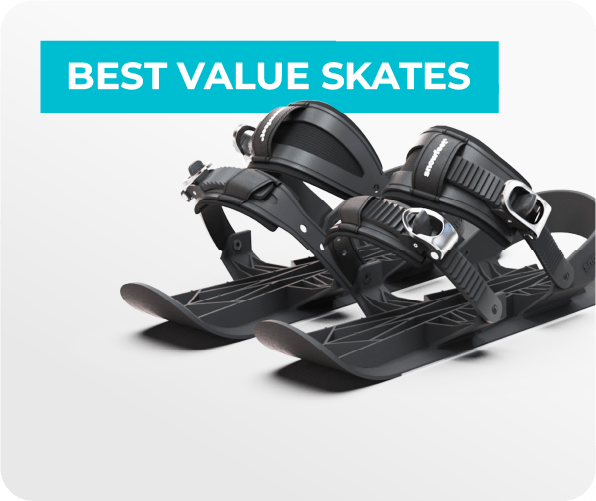
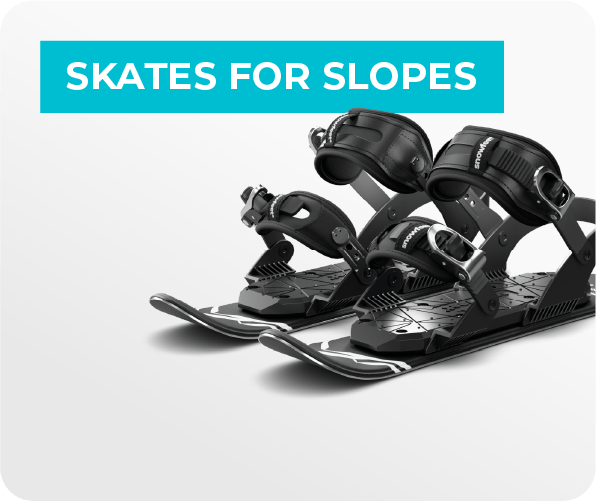
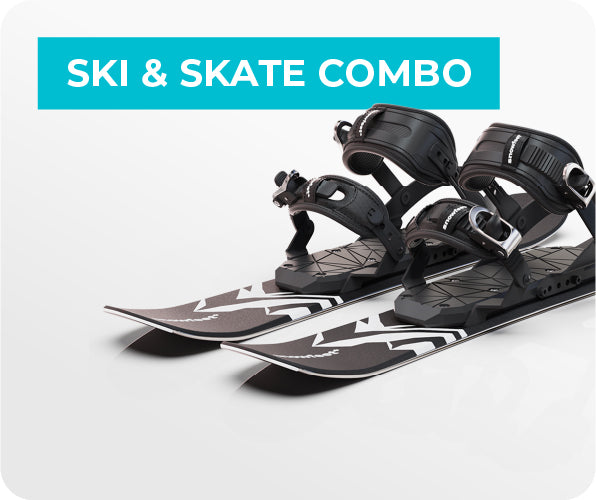
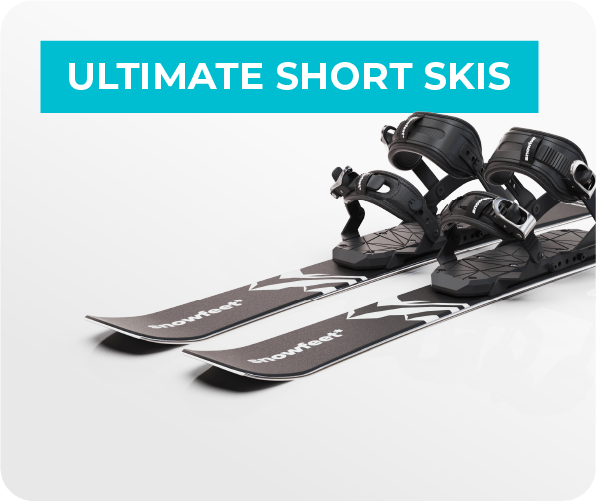
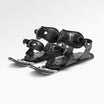
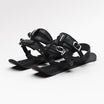
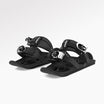
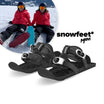
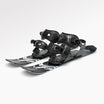
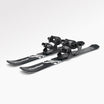
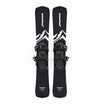
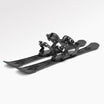
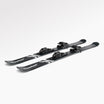
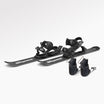
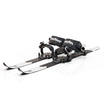
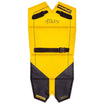
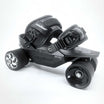

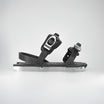
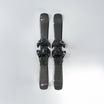
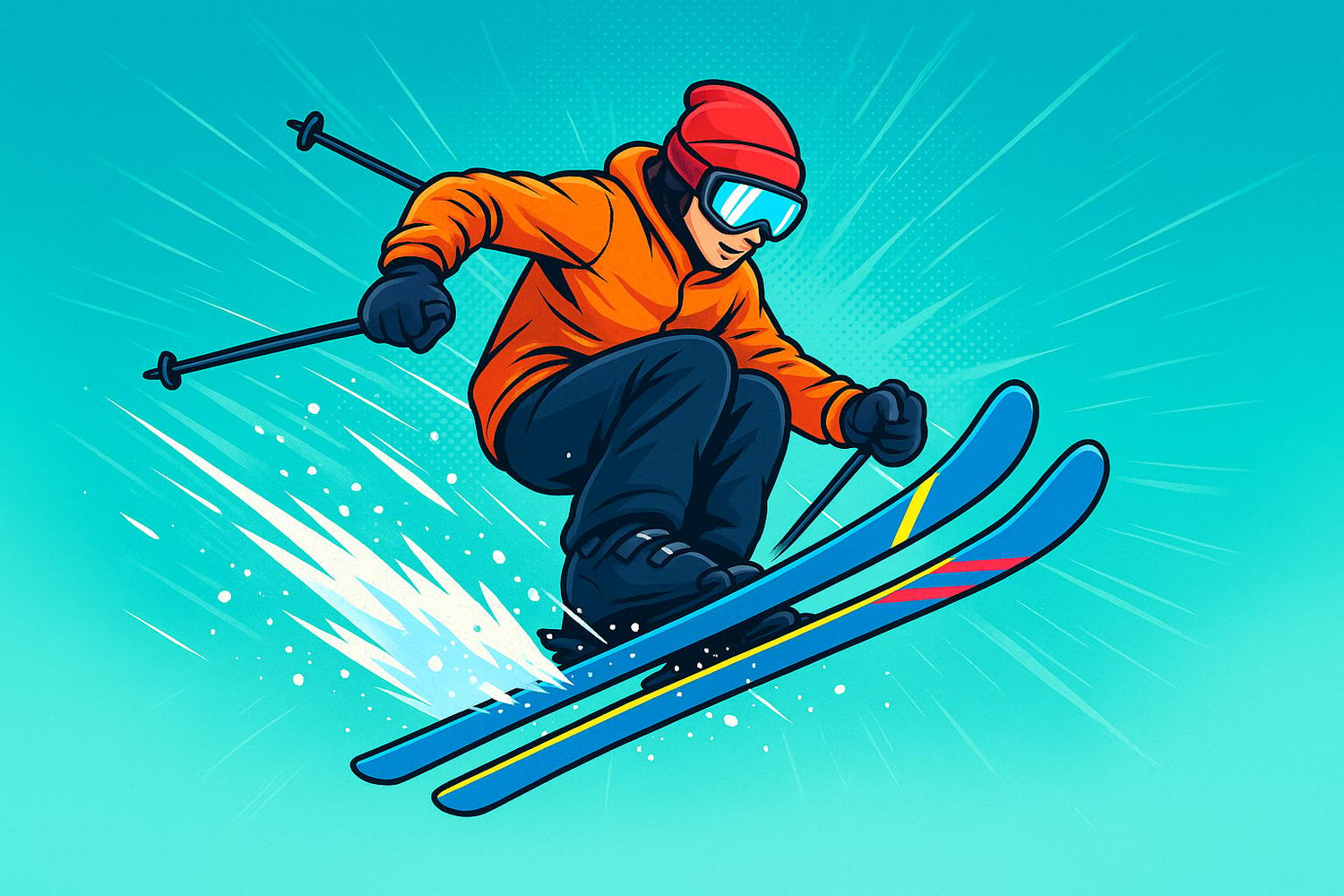
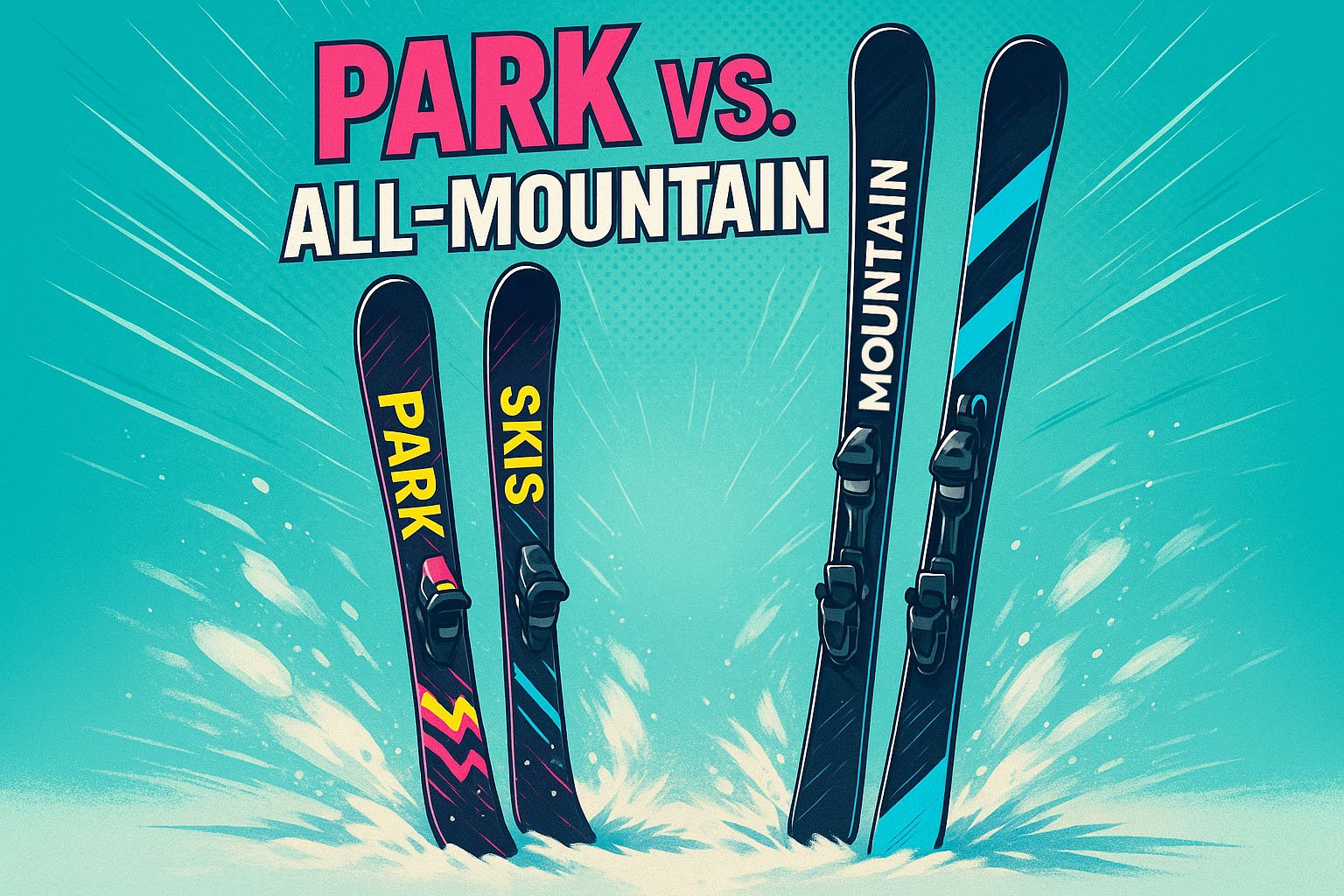
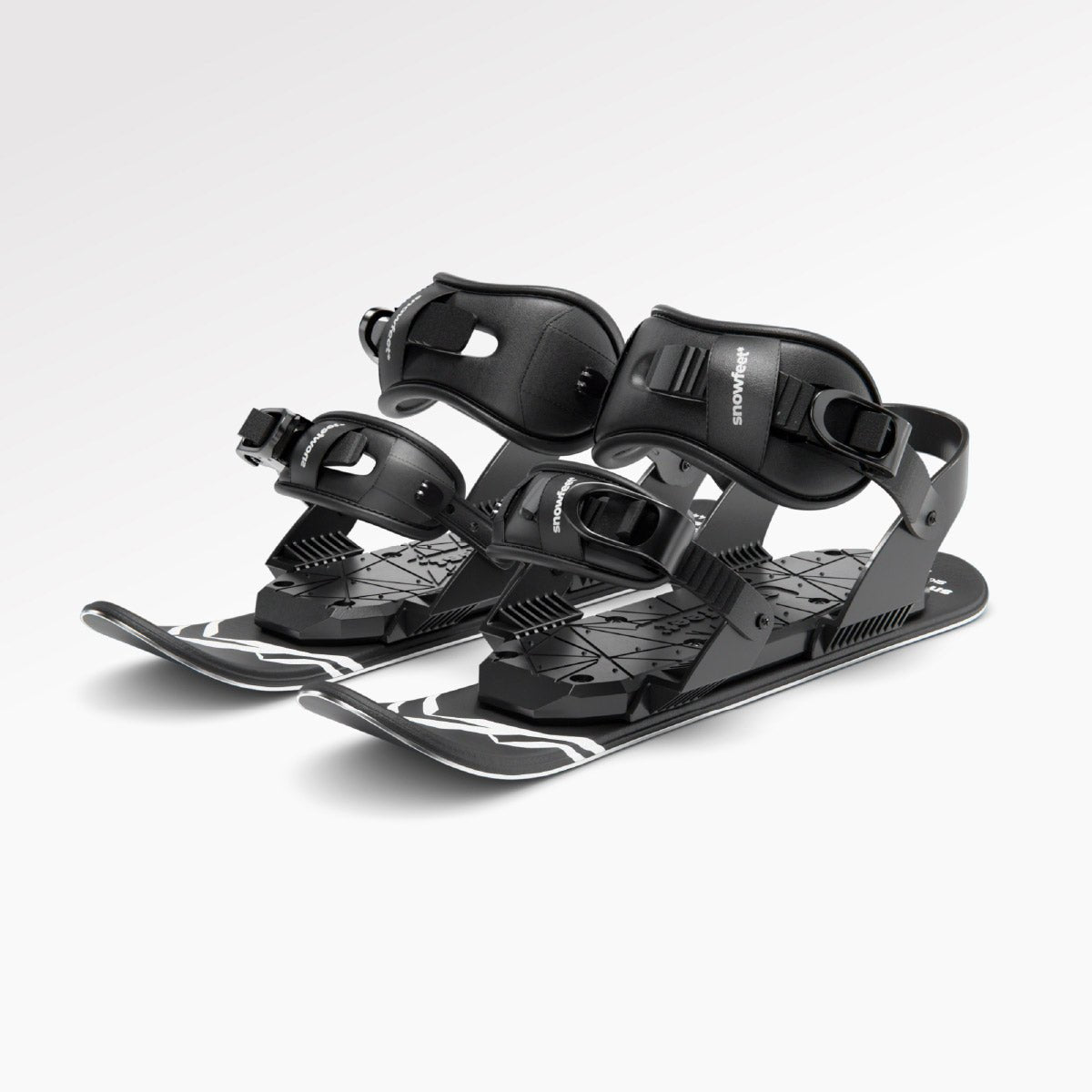
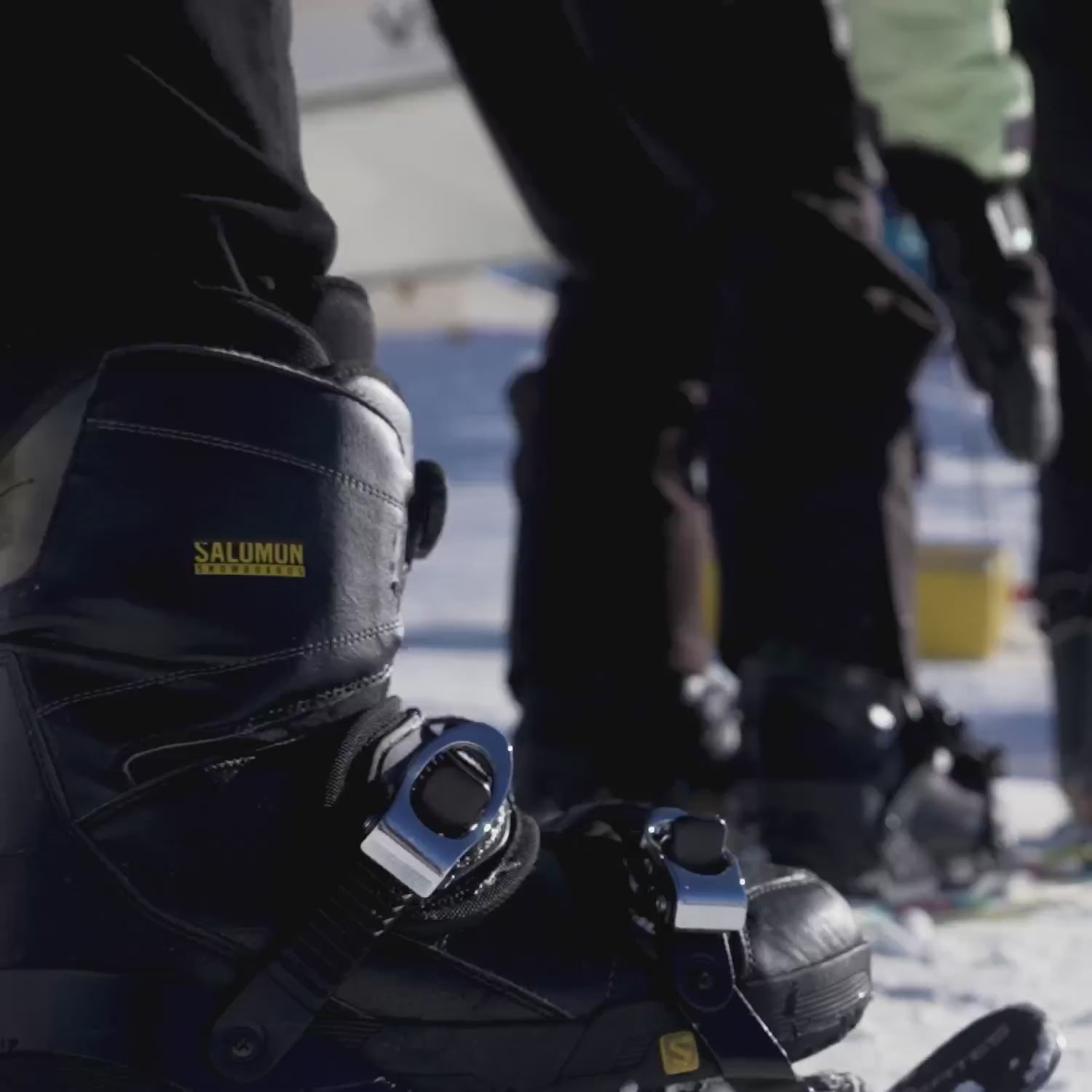
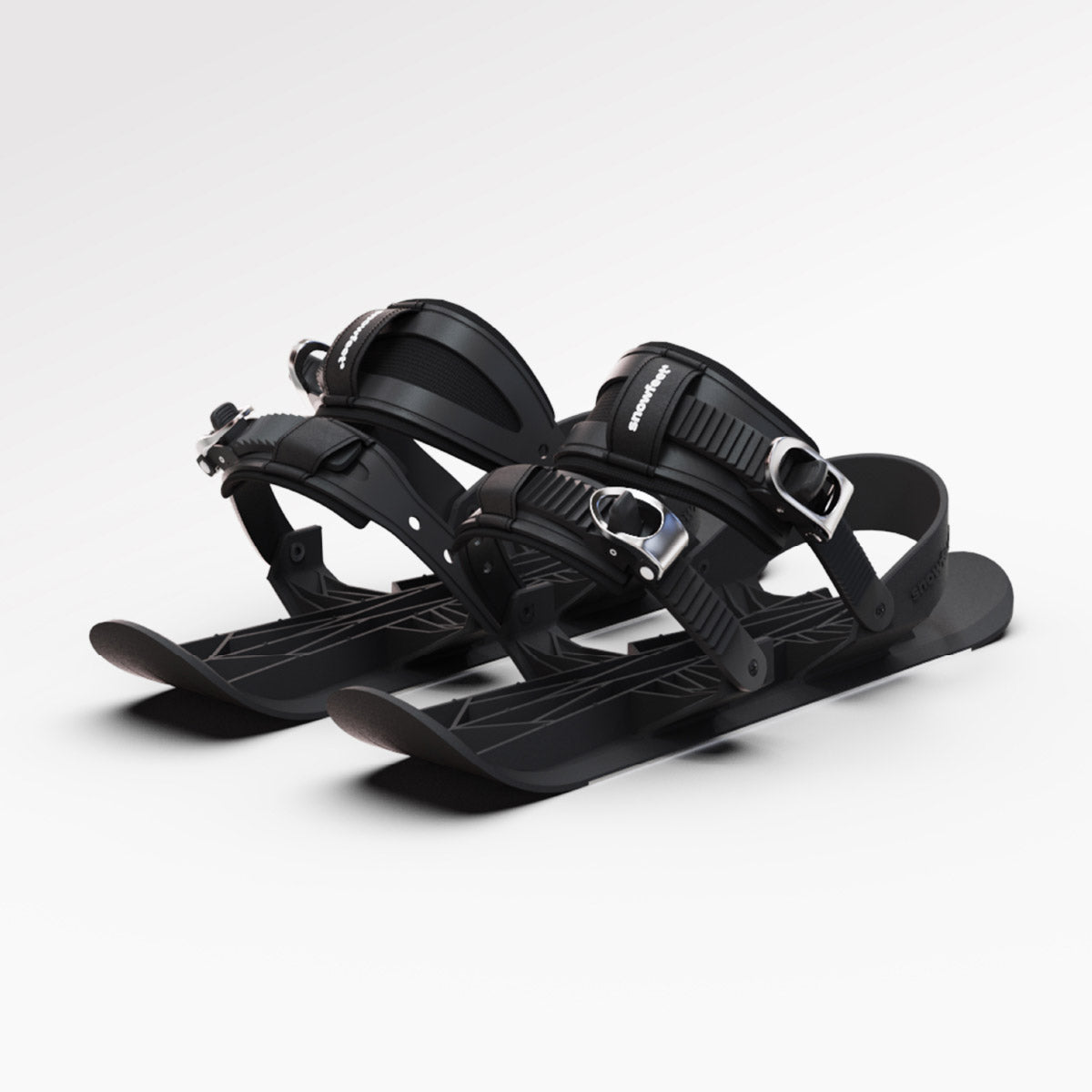
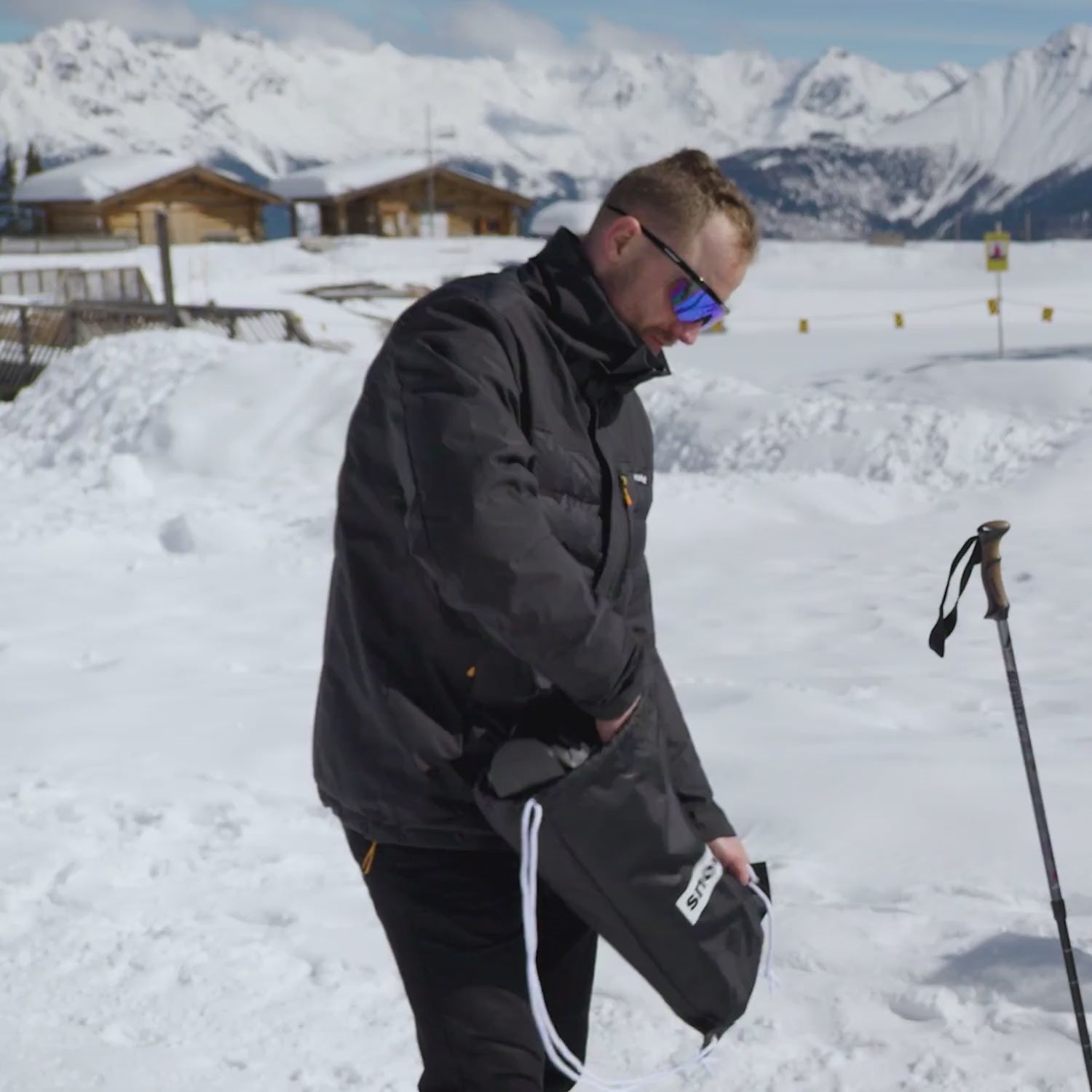
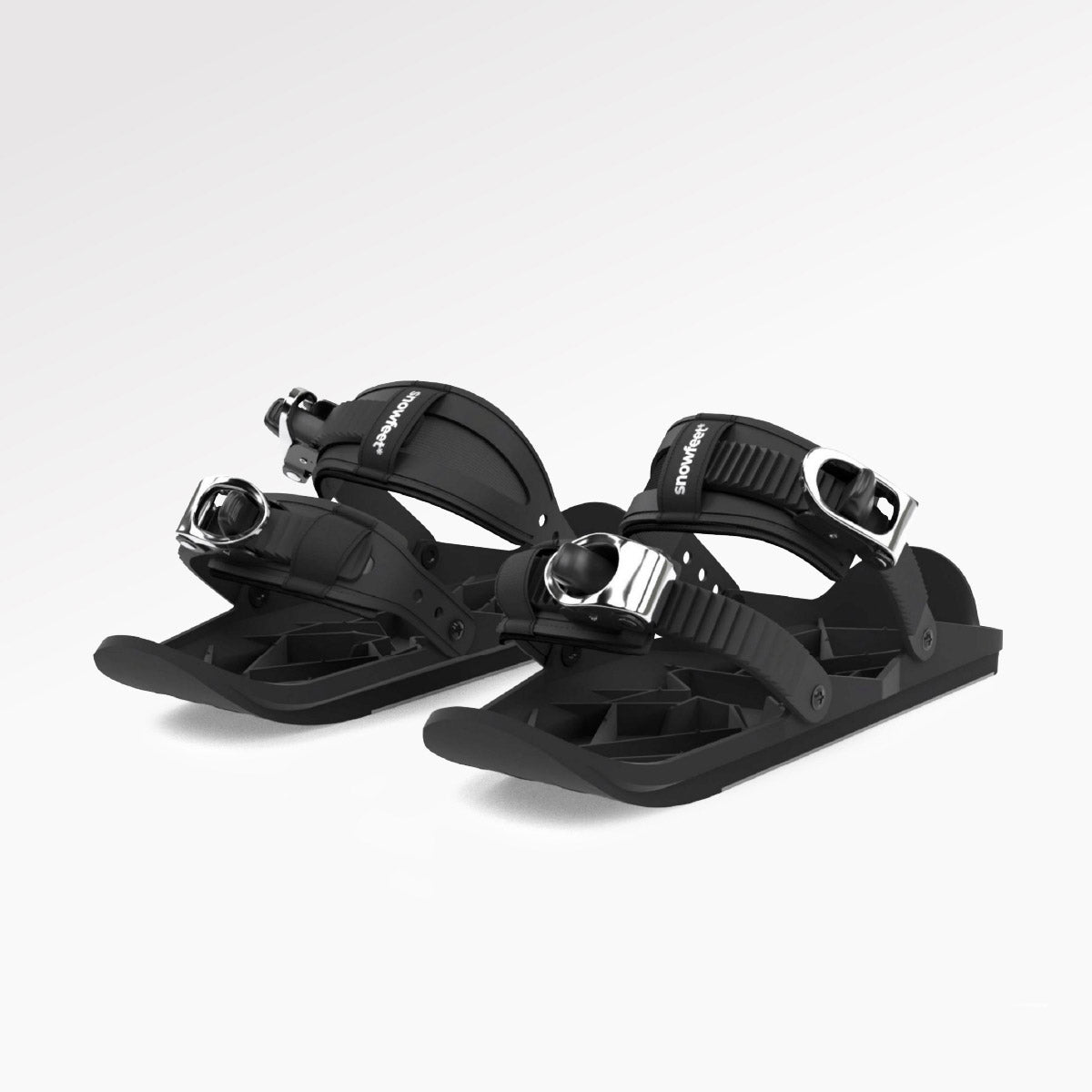
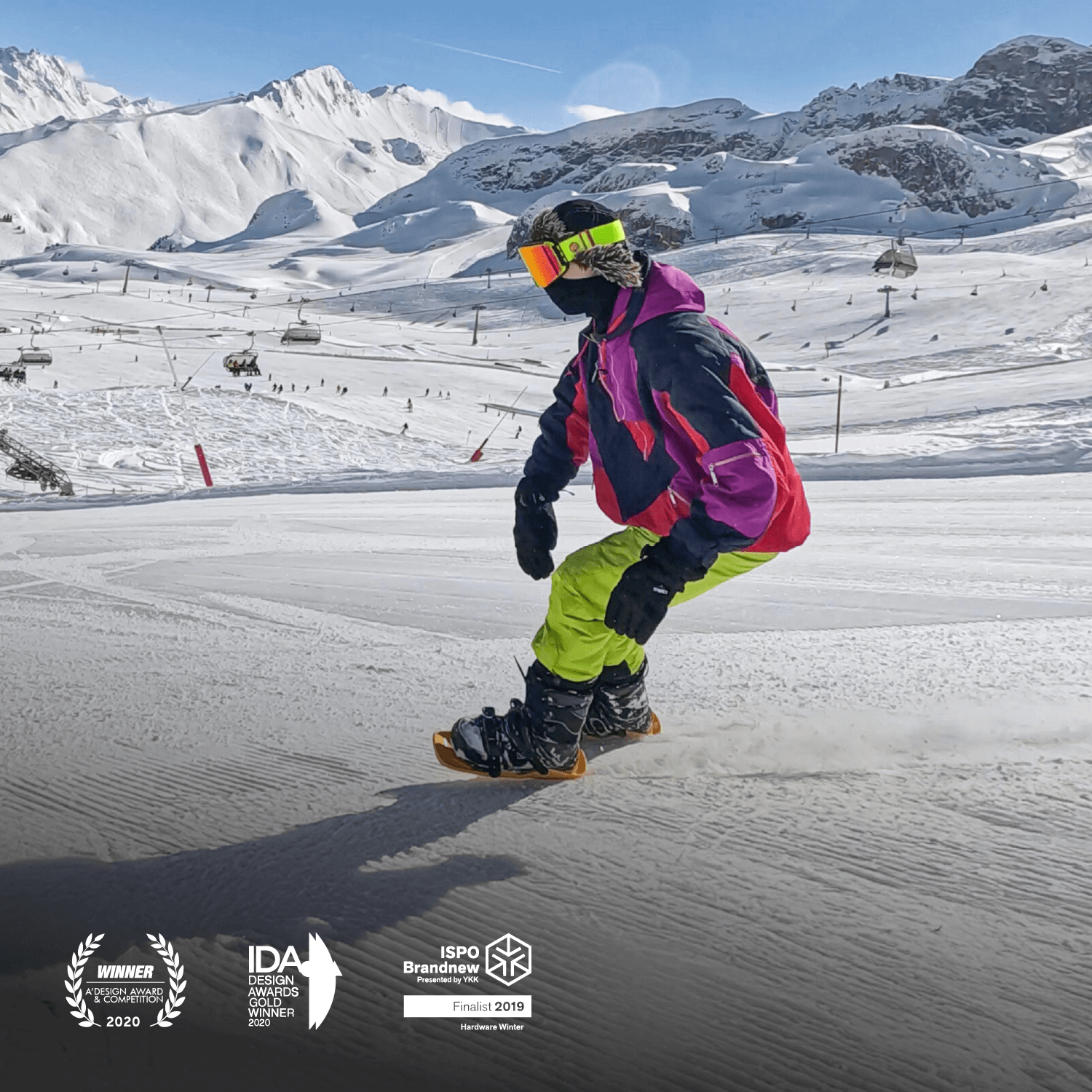
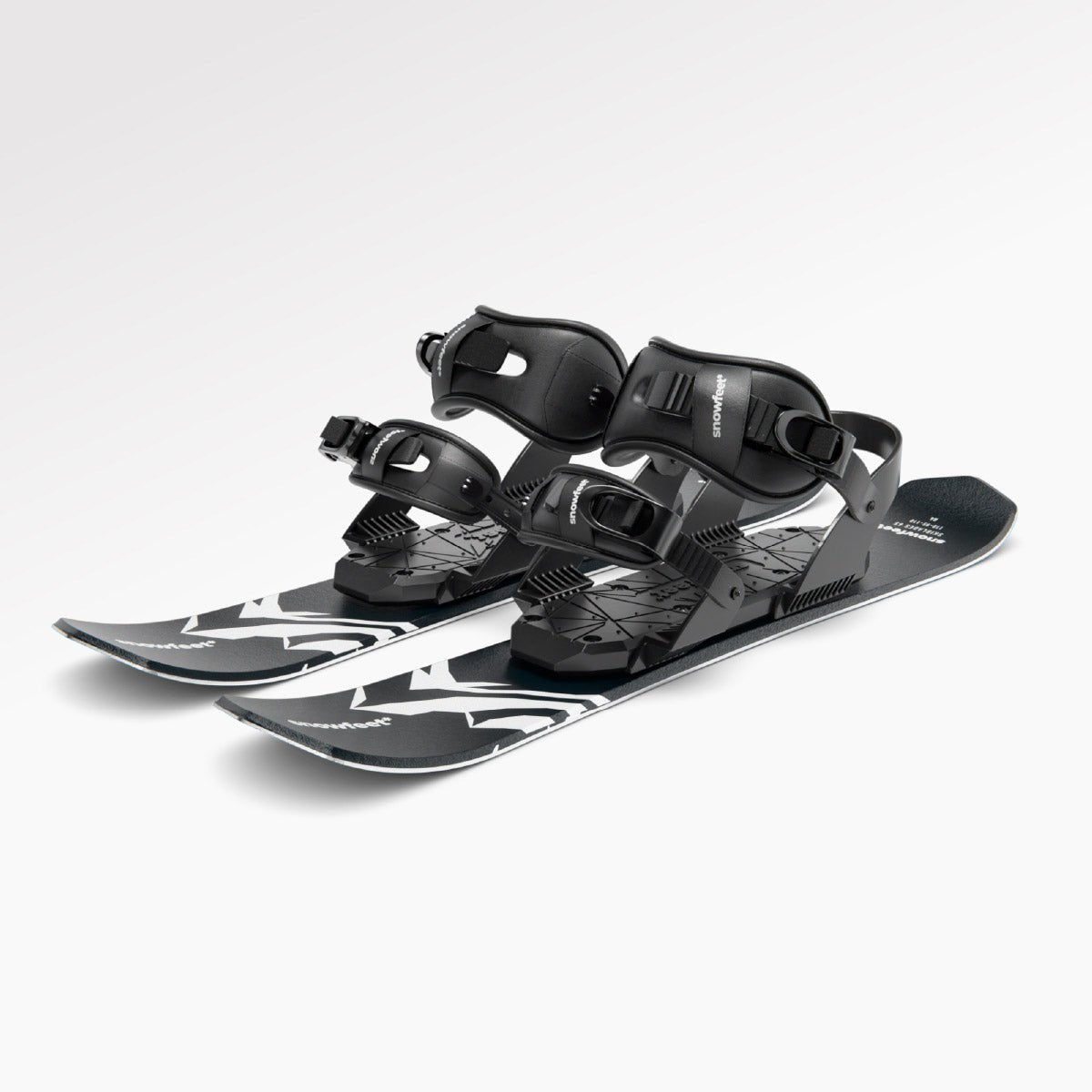
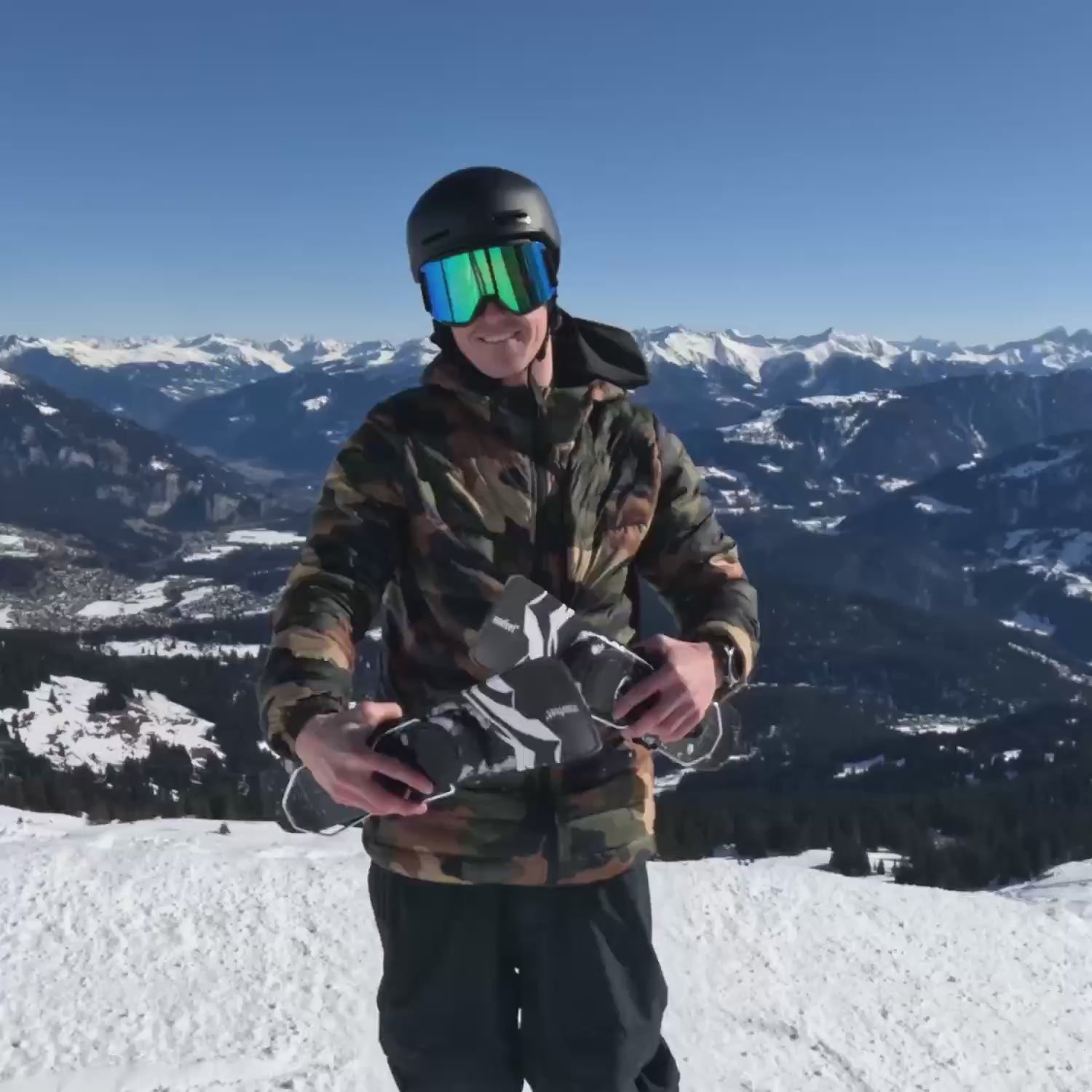
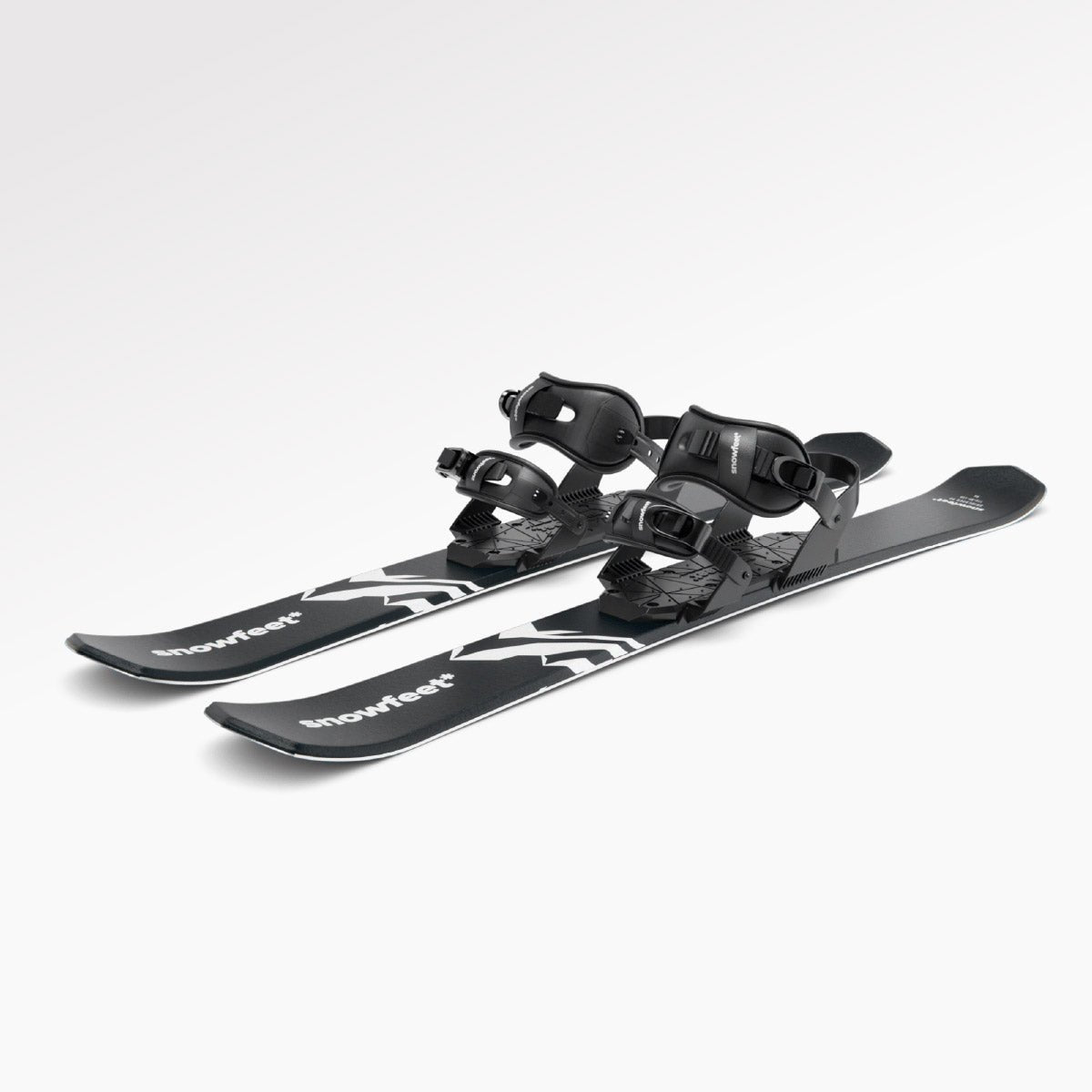
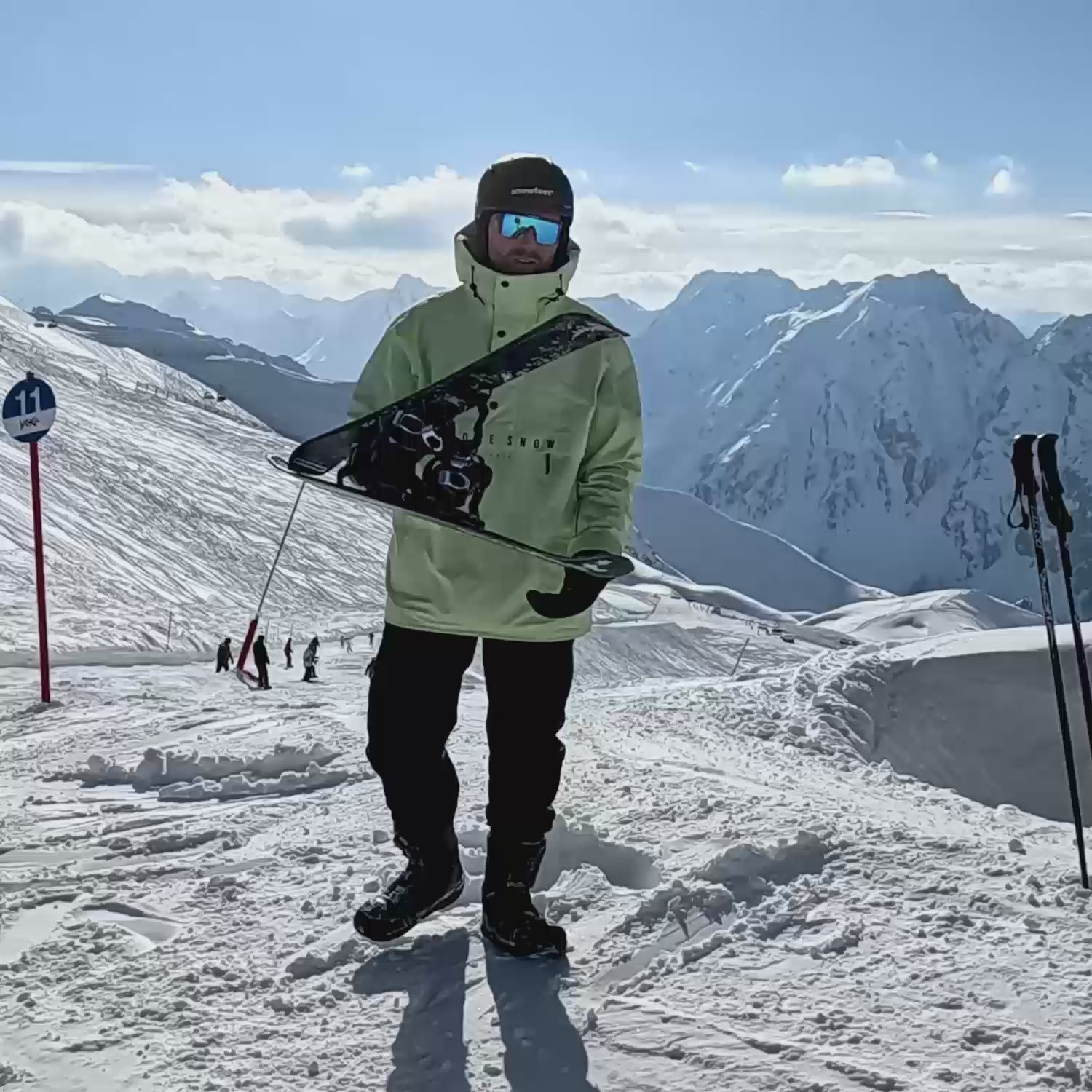
Leave a comment
This site is protected by hCaptcha and the hCaptcha Privacy Policy and Terms of Service apply.